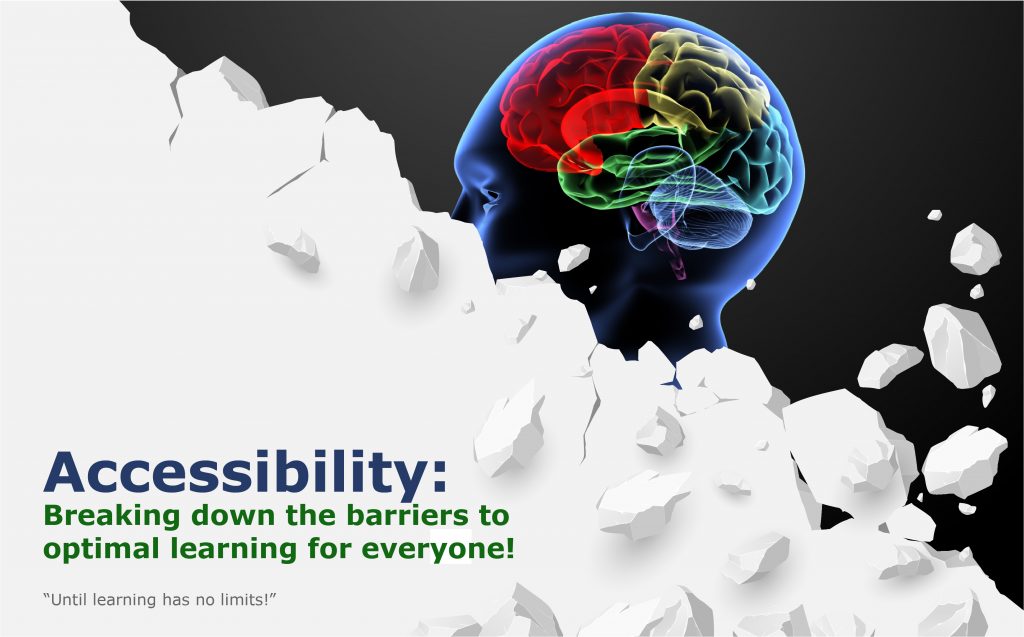It’s Time to Rethink Higher Education: What if our goal was creating social impact, not preserving the status quo? — from chronicle.com by Brian Rosenberg (president emeritus of Macalester College and president in residence of the Harvard Graduate School of Education)
Excerpts (emphasis DSC):
Higher education should in its ideal form lead to more economic security for more people, a more equitable and innovative society, and a well-functioning democracy. Add whatever goals you would like, but these seem like a reasonable starting point and, given the present state of the country, more than a little aspirational.
…
But if we fail to explore — if we fail to go beyond superficial change and interrogate our most fundamental assumptions about how and what we teach, how and why we organize ourselves in the current way — we will have no one but ourselves to blame if the system as we know it shrivels to the point where it collapses from within or is painfully disrupted from without.
Also see:
The Pandemic May Have Permanently Altered Campuses. Here’s How. — from chronicle.com by Francie Diep
Trends accelerated by Covid-19 may make more sense than ever in the future, experts say.
Excerpt:
The Covid-19 crisis has transformed all aspects of higher education, and the physical campus is no exception. The Chronicle recently released a special report, Rethinking Campus Spaces, that offers strategies for doing more with less space, to save money and prepare for an uncertain future. Here is an adapted excerpt from the report.
The Chronicle asked more than 40 architects, campus planners, and leaders in student life and housing about how several categories of campus spaces might look different in the future. As colleges navigate difficult financial straits, many interviewees predicted more public-private partnerships, and renovations instead of new construction — which can be less costly and more environmentally friendly. Overall, their answers paint a picture of future campuses that are more adaptable, perhaps smaller, and focused on what’s most valuable about seeing one’s peers in person.













